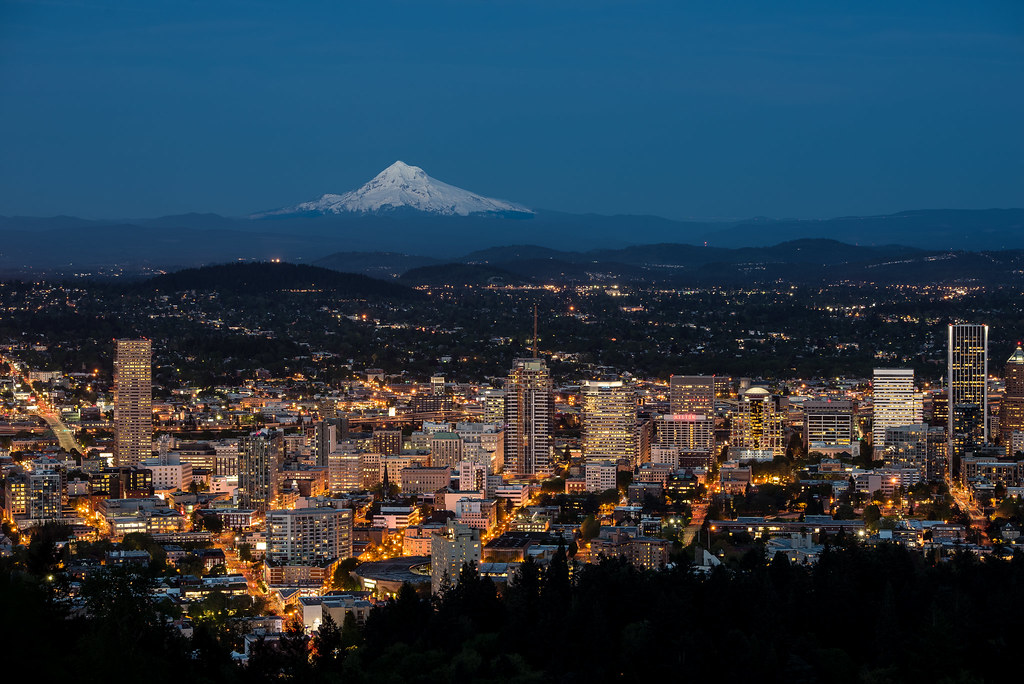Oregon-based Portland General Electric said it plans to decrease greenhouse gas emissions from its generating resources by at least 80% by 2030, 90% by 2035, and zero emissions by 2040.
To help meet its goals, the utility launched a request for proposals (RFP) public process and filed its first Distribution System Plan (DSP) at the Oregon Public Utilities Commission.
The utility said it will need around 1,500 – 2,000 MW of clean and renewable resources and approximately 800 MW of non-emitting dispatchable capacity resources. It also said it is working to speed up its exit from the coal-fired Colstrip plant by the end of 2025.
The utility’s RFP process aims to procure around 1,000 MW of resources and bring on roughly 375 – 500 MW of renewable resources. The utility said it also will seek around 375 MW of non-emitting dispatchable capacity.
It also estimated that as much as 25% of the power needed to meet peak demand could come from customers and distributed energy resources, such as solar panels, batteries, and electric vehicles.
By 2030, PGE said it anticipates the potential for four times as much distributed solar and storage as today, bringing 500 MW of clean electricity to the grid. It said there are around 35,000 electric vehicles in Oregon today, and the state has goals to add 250,000 registered zero emissions vehicles statewide by 2025 and 1.1 million by 2030.
The company serves around 900,000 customers with a service area population of 2 million people in 51 Oregon cities. It owns 16 generation plants across Oregon and other Northwestern states.
This story was updated on October 15 to correctly state the the targeted goals are for GHG emission reductions.
This content is protected by copyright and may not be reused. If you want to cooperate with us and would like to reuse some of our content, please contact: editors@pv-magazine.com.









By submitting this form you agree to pv magazine using your data for the purposes of publishing your comment.
Your personal data will only be disclosed or otherwise transmitted to third parties for the purposes of spam filtering or if this is necessary for technical maintenance of the website. Any other transfer to third parties will not take place unless this is justified on the basis of applicable data protection regulations or if pv magazine is legally obliged to do so.
You may revoke this consent at any time with effect for the future, in which case your personal data will be deleted immediately. Otherwise, your data will be deleted if pv magazine has processed your request or the purpose of data storage is fulfilled.
Further information on data privacy can be found in our Data Protection Policy.